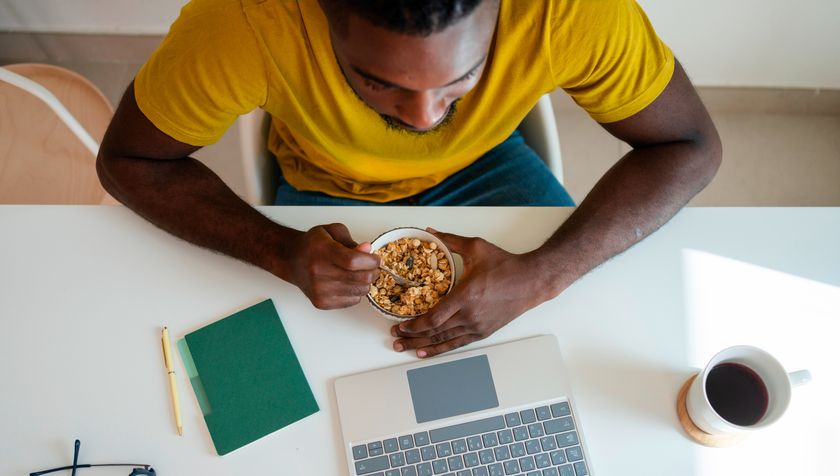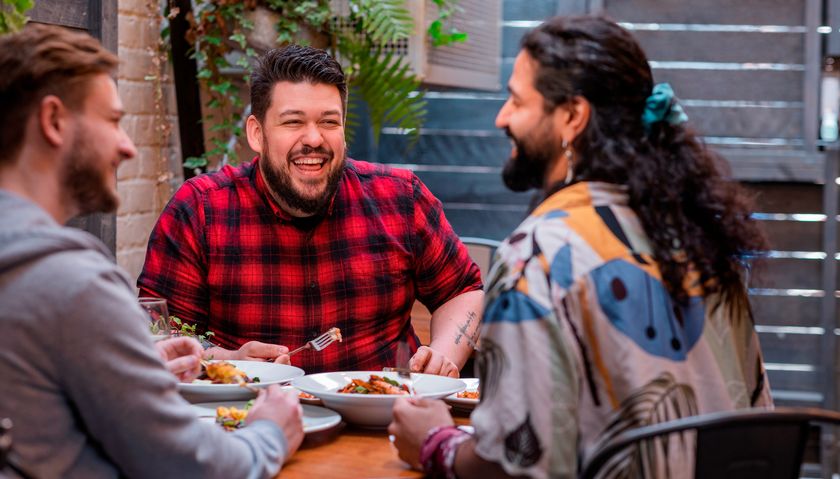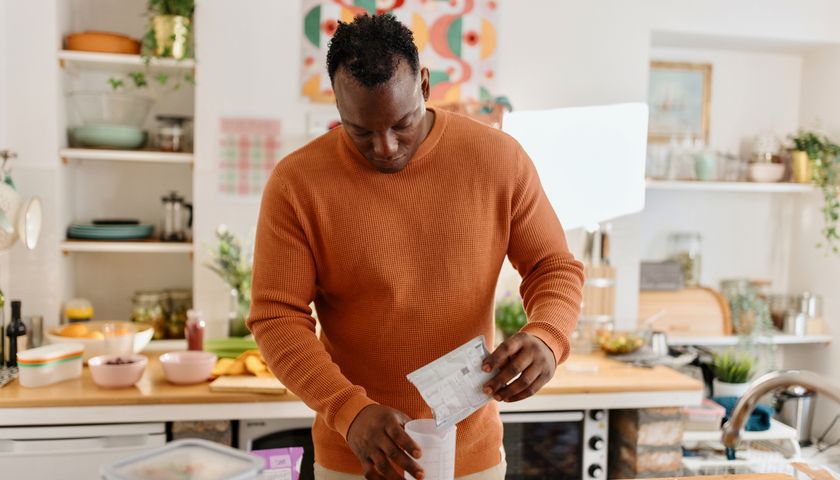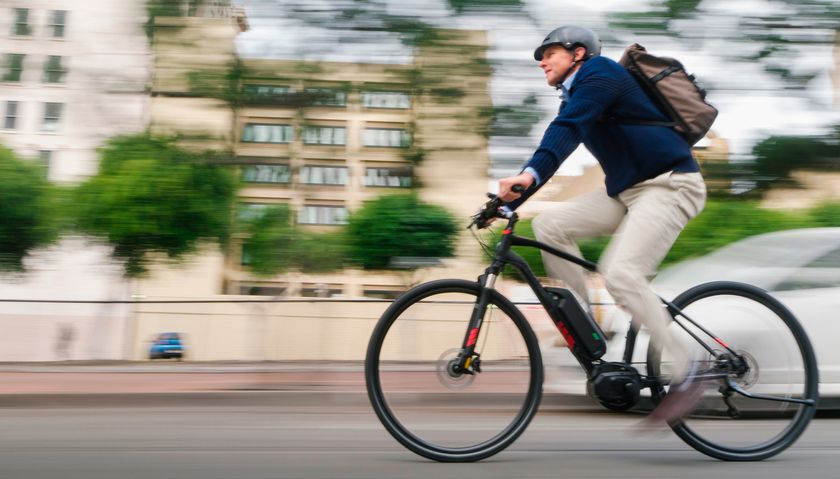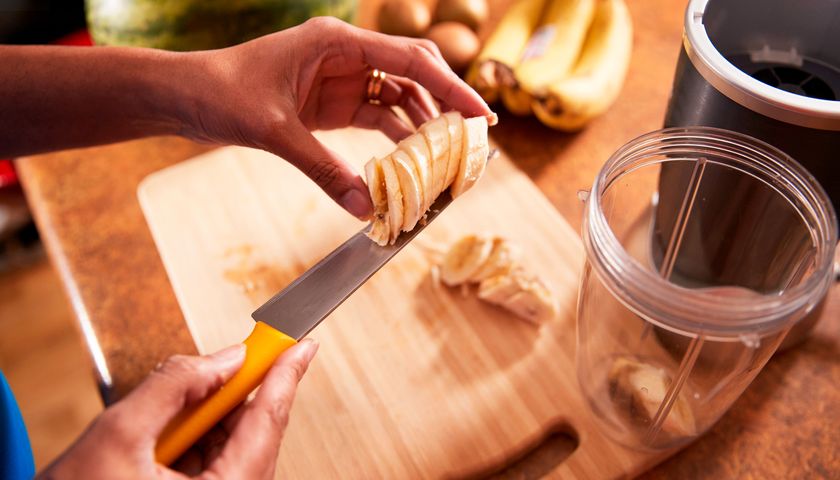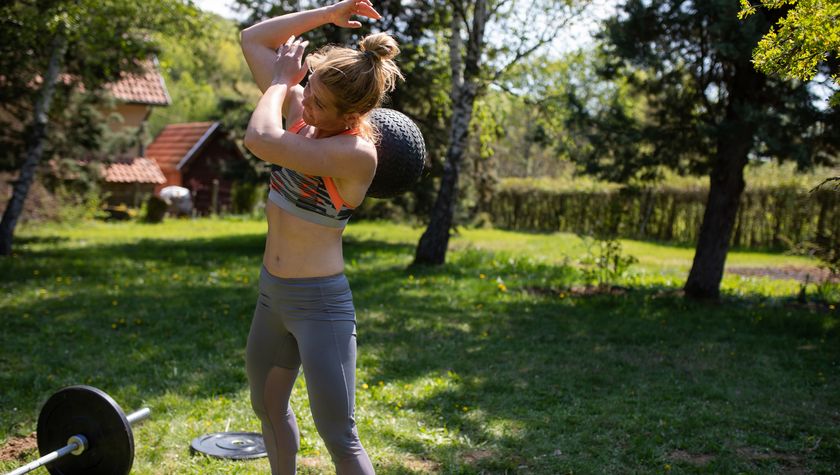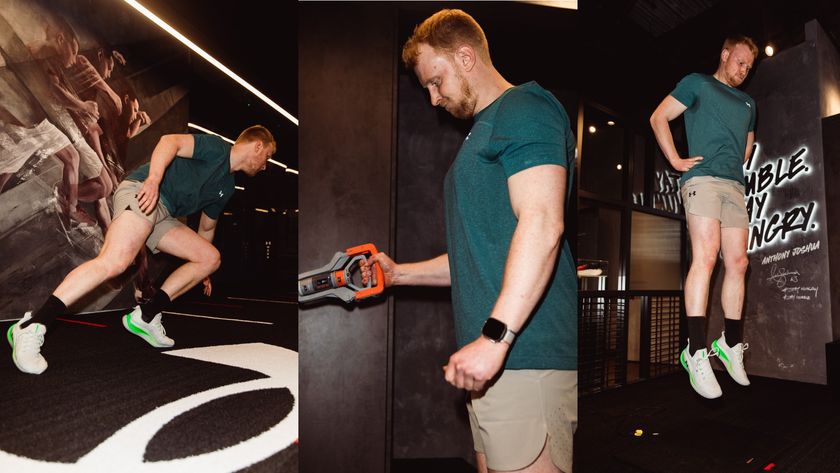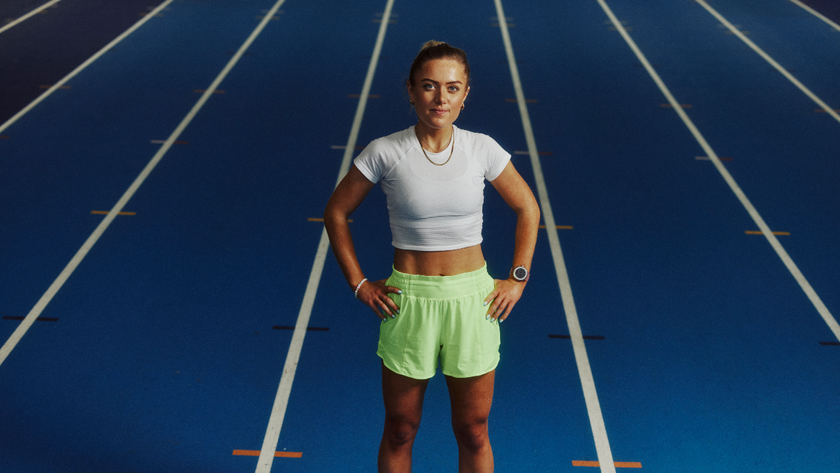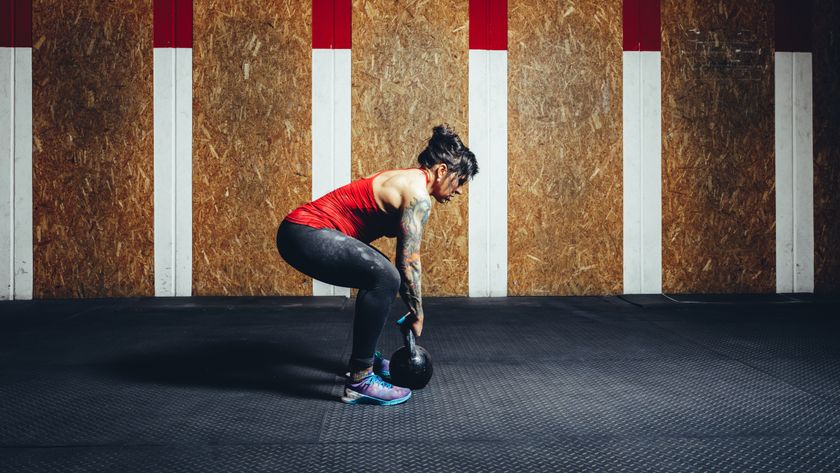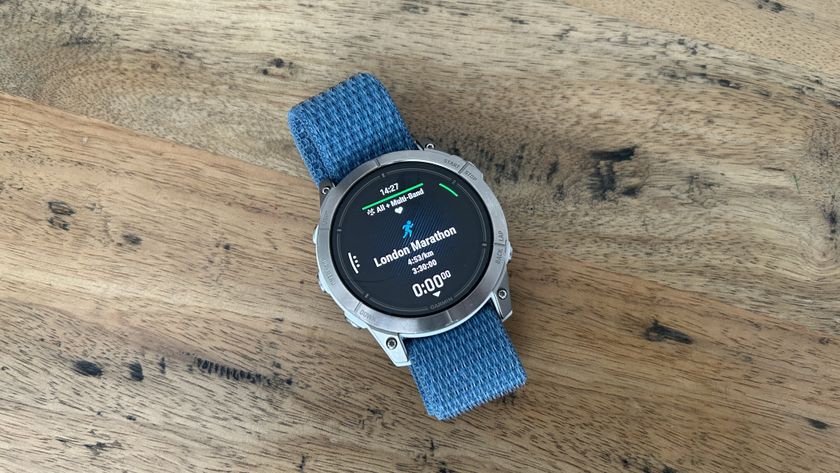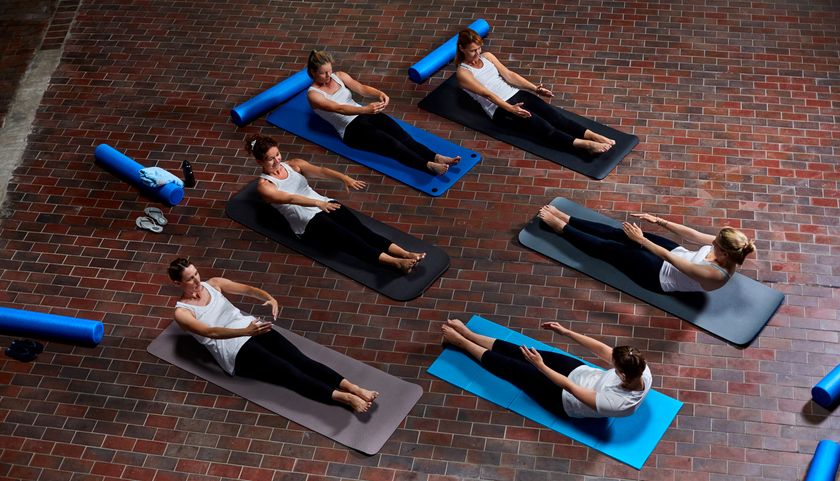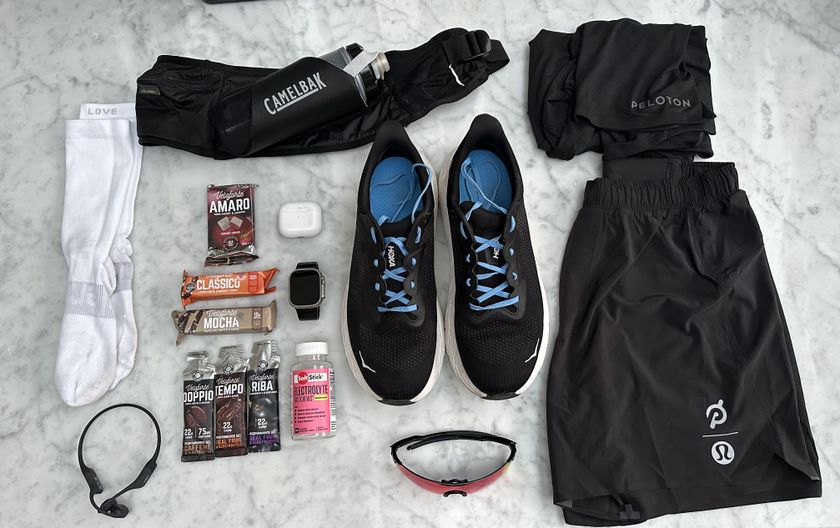How to Get Started with a Plant-Based Diet
Become vegan for a week and you’ll learn how to eat more plants and vegetables
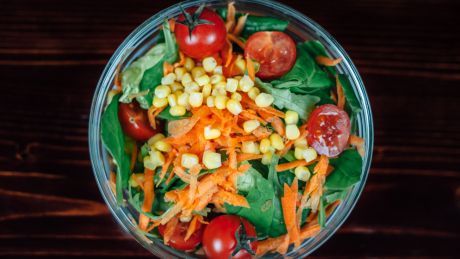
Hi – my name is Joel, and I’m a carnivore. I was brought up as a vegetarian, but I’ve loved meat ever since my first bacon sandwich (at university), and I’ve been making up for lost time ever since. I’ve tried most types you could name (alligator is a favourite), experimented with eating it for every meal (steak for breakfast is the best) and spent hours working out how to grill, fry, smoke, braise or roast it better. I eat eggs every single day, I sprinkle cheese on everything possible, and I put butter in my coffee. And recently, I’ve been thinking about going vegan.
There are lots of good reasons not to go vegan, especially if you like being strong. It’s difficult to get enough protein, obviously, and there are few non-animal kinds that contain the complete range of amino acids. It’s also hard to get creatine and vitamin B12, alongside lesser-known nutrients like carnosine and DHA. Ido Portal – UFC star Conor McGregor’s “movement coach” – refuses to train with vegans because they’re “too low-energy”. And, of course, you can’t have proper milk in your tea.
On the other hand, there are lots of good reasons to eat less meat and more plants. Even if you ignore the ethical side of things (and the egg and dairy industries are arguably even worse than the meat industry from a strictly animal welfare perspective; nothing good is happening to all those unneeded male chicks and calves), eating meat isn’t sustainable in the long term on a planet-wide level.
In 2014, the Chatham House thinktank published a report identifying animal agriculture as one of the leading causes of climate change, responsible for more emissions than all global transport combined, and talks in Paris concluded that reducing the world’s meat consumption will be critical to keeping global warming below “danger level”. Even Arnold Schwarzenegger is in on the act, suggesting that people have a couple of meat-free days a week for the good of the planet. It’s tough to argue with the Terminator.
Also, let’s be honest: none of us is eating enough vegetables. Five a day, the UK government-endorsed minimum, is hard enough to manage, and that’s still not really enough. For a lot of people (me included), part of the issue is not knowing how to get more greens in: what you’re supposed to do with celeriac, for instance, or how to make cauliflower taste nice.
One good reason to at least try veganism is to promote what food writer and chef J Kenji Lopez-Alt calls “diversity through restriction” – forcing yourself to try new foodstuffs because you’re not allowed your old standbys. To a man who exists on steak, turkey burgers and slow-cooker chicken most weeks, it’s a compelling (if intimidating) sales pitch. So I decided to try it. For a week. Strict. And – spoilers – it isn’t that hard.
RECOMMENDED: Why You Should Go Part-Time Vegetarian
Get the Coach Newsletter
Sign up for workout ideas, training advice, reviews of the latest gear and more.
Fear factor
“Where’s the protein? This is usually what people fear,” says John Berardi, founder of Precision Nutrition and advocate of what he prefers to call “plant-based eating” – a mostly vegetarian diet that doesn’t exclude meat entirely or have the moral implications of labelling yourself a full veggie. “If you’re eating, say, 90% of your diet as plants, but still regularly eating eggs, dairy, fish, meat or protein powder, you should be just fine unless you have some special need for extra protein.”
And if you’re going all the way? “Include at least one cup of beans each day,” Berardi says (a cup is around 250ml by volume). “Beans are an important source of the amino acid lysine for people who don’t eat animal products. They contain protein, minerals and antioxidants, and they’re cheap.”
You might have heard that beans have a high concentration of “anti-nutrients” that render them nutritionally worthless – but, says Berardi, this is an oversimplification. “In isolation, yes, they may block the absorption of other nutrients in the diet. This can be a problem for people who eat large quantities of single foods like rice, corn, wheat and beans, such as people in poorer regions who often subsist on very limited diets. But when beans are part of a diverse diet, their anti-nutrients – some of which also go by the name of phytonutrients – factor into what makes them so healthy.”
Then, of course, there’s soy, the vegan staple that’s been linked to everything from thyroid disease to excess oestrogen in the media. As a source of protein, it ranks highly: soybeans contain up to 48% protein, with a PDCAA score (a measure of protein quality) just below 1.0 – in comparison, beef is ranked at 0.92. On the other hand, it’s high in phytoestrogens (present in everything from oats to berries), a defence mechanism for the plant that can have negative hormonal effects on humans.
So how do you get the good without the bad? Follow the example of Asian cuisine, where it’s mainly eaten in whole food form (think edamame) or fermented (as in miso, tofu and soy sauce), and not in large amounts – it’s usually not the central ingredient in meals. That way you won’t get enough phytoestrogens to cause any issues.
Also, avoid processed foods that strip out the plant’s natural fibre, carbohydrate and other compounds, leaving pure soy protein. “I’d say one to two servings a day – say 230ml of soy milk and 100g of tofu, tempeh or soybeans – seems to be a safe and potentially healthy intake,” says Berardi. “Frequently exceeding three servings a day may not be a good idea.”
So: loads of beans and not too many over-processed “vegan-friendly” products – not a problem, since in my experience they’re awful. Armed with this advice, I was ready to cook.
How to cook with plants
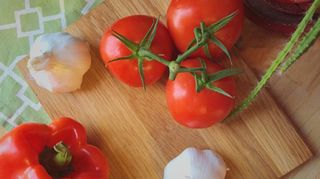
“Make sure your pantry’s stocked properly,” says Lopez-Alt, who’s been doing an annual “vegan month” for the past five years, when I ask for his advice on going meat-free. “Bingeing on potato chips, rice, bread and other easy vegan carbs is a sure way to burn out fast. Vegetables, beans and well-prepared protein sources like tofu are a great place to start.
Take a walk through the produce section – going vegan is the perfect excuse to load up on all kinds of vegetables that you never ate regularly before. And give yourself extra time to cook, particularly at the beginning. For most people, designing meals around vegetables is going to be a completely foreign concept, and one that requires planning and extra time in the kitchen.”
This last part, at least, was true for me. As a mainly carnivorous man, most of my expertise lay in cooking meat properly, which is pretty simple: get a cast-iron pan really hot, chuck it in, and flip once. With vegan recipes, prep is the thing. I had to do a lot of pre-baking aubergines (for purée) and dicing mushrooms (they add bulk and texture to practically anything). It’s not a problem when you’re organised and have a lot of time, but if you want a quick meal in the evening, bulk-cooking is the answer.
My first recipe was a giant pot of chickpea and spinach stew that had to keep me going when there was nothing else in the cupboard. And, yes, achieving the combination of flavour and texture you expect from meaty recipes takes time and patience. My first attempt at vegan burgers, done to Lopez-Alt’s recipe, took 16 ingredients and over half an hour of prep. And, yes, they were delicious – crunchy, tender, structurally sound – but they’d have been even better with cheese.
In fact, what I missed most in my vegan week wasn’t big slabs of meat, but easy convenience: butter on toast, milk in tea, a couple of eggs scrambled for breakfast. The alternatives I came up with (avocado, green tea, oats with almond milk) were solid, but the absolute nadir of the experience was eating out. It worked when I could steer social engagements to vegan-friendly places with huge “superfood” salads, but elsewhere it was miserable. If you’ve never been that guy who causes the waitress to yell, “Hey, are these brownies vegan?” across the coffee shop, I don’t recommend it.
Vegan for good?
So what about the long term? Full-time veganism seems to agree with Serena and Venus Williams, ultradistance superstar Scott Jurek and UFC fighter Nick Diaz, suggesting that it’s at least possible to reach the highest levels of sport eating nothing but plants. But is it preferable? While the science still isn’t clear, people paying serious attention to what they eat will usually eat better, whether that means grass-fed steak or high-quality greens.
“Research shows that vegan diets tend to be healthier and include more health-protective foods than omnivorous diets,” says Veronika Powell, a campaigner and researcher at Viva! Health and the author of a recent report on the benefits of eating vegan. “People who choose vegan diets often learn more about nutrition. As a result, they can make better food choices and tend to be more health-conscious.”
That, for me, is the key. One week of full veganism (see below) isn’t enough for me to comment on how it would affect my energy levels, gym gains or overall health over six months, a year or the rest of my life. It’s not really even enough to see whether eliminating or cutting down, say, dairy products would reduce inflammation and give me a six-pack. But to me, that barely matters. I love meat, butter and milk, and I’m not giving any of them up.
What I learned is that you can eat meals that are entirely plant-based but still taste good – and order the vegetarian option in a restaurant without it feeling like a defeat. I learned some new cooking techniques, and tried some new foods. I’ll definitely eat more plants in the future, and rely less on the boring carbs I usually use to round out meals. I’ll combine the benefits of a diet with more vitamins and phytonutrients with one that includes the easy protein and calorie hits of meat and eggs. And, yes, I will make that insanely complicated veggie burger recipe again. With cheese and bacon on top.
RECOMMENDED: Take the Veg Pledge and Try a Meat-Free Week
The One-Week Vegan Diet
The day-by-day breakdown of how Joel ate, performed and felt
Day 1
Make porridge with almond milk: it isn’t that bad, especially with nut butter and banana mixed in. Start to miss milk by the time I have my third cup of green tea. Text my wife “I just want an egg” and immediately get one back saying “I want a steak”. Do an all-out version of classic CrossFit workout Murph, then cook chickpea stew for dinner. It’s unexpectedly delicious.
Day 2
Make pancakes with “aquafaba” – the fancy name for the juice canned chickpeas come in - whipped up to make them fluffy. Look forlornly at the empty butter dish. Later, make a gigantic bowl of vegan burger mix. It’s amazing! Stock up on chickpeas, and discover that the proprietor of my local corner shop (a) sells a massive selection of canned organic beans and pulses and (b) is really into organic food. I’m learning new things!
Day 3
Meet a gym owner for lunch: I have a giant superfood salad while he has the same, but with chicken. He tells me he went vegan for six months: “I felt like shit for two weeks, then amazing for six months, then shit again.” Feel great, until I can’t have a brownie for pudding, then want to cry.
Day 4
It’s incredibly sunny, and I want an ice cream more than I have ever wanted anything. Make an enormous bolognese full of chopped shiitake and button mushrooms. It’s lovely, but… “Could do with some cheese, even just parmesan,” notes my wife.
Day 5
Finally remember that avocado on toast tastes almost as good as butter. Have stopped missing milky tea: it occurs to me that I probably haven’t gone this long without dairy products ever in my life. Make coconut curry for dinner, and resolve to find a replacement for ghee that isn’t vegetable oil.
Day 6
Go out for dinner, and really enjoy it. Realise that wine is mostly not-vegan, and wish I’d investigated the whole “vegan booze” thing before I wanted a drink.
Day 7
Make a massive bean-only chilli, and hoover up the entire thing. Actually kind of sad that the experiment’s coming to an end, but excited about eating butter again. “We should do this more often,” says my wife. Success!
From 2008 to 2018, Joel worked for Men's Fitness, which predated, and then shared a website with, Coach. Though he spent years running the hills of Bath, he’s since ditched his trainers for a succession of Converse high-tops, since they’re better suited to his love of pulling vans, lifting cars, and hefting logs in a succession of strongman competitions.

